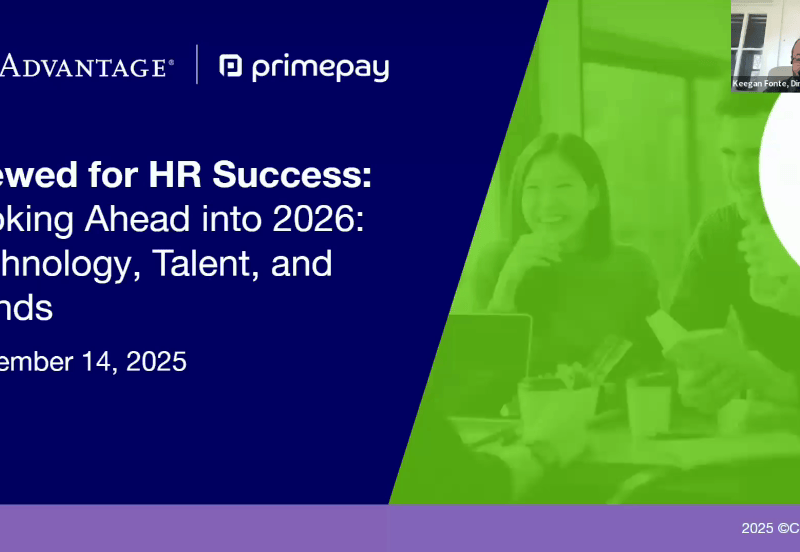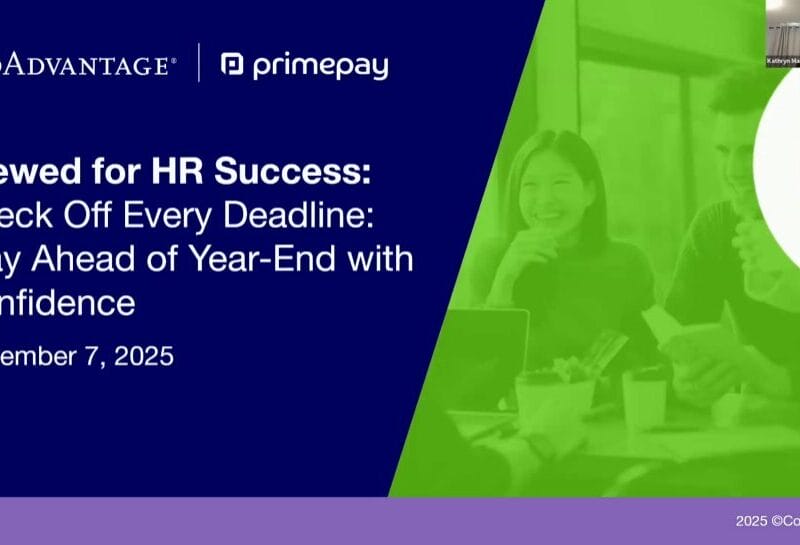Regulatory compliance is complex. With legislation changing rapidly, it can be challenging to stay current on the latest compliance issues.
However, you don’t have to tackle those issues on your own. When you partner with industry experts and vendors, some of that pressure can be relieved.
Educating yourself on compliance topics relevant to you can help get you one step closer to achieving compliance.
If you have 20 or more employees, this article is for you.
What is COBRA?
As explained by the U.S. Department of Labor (DOL), the Consolidated Omnibus Budget Reconciliation Act (COBRA) is a federal law that “gives workers and their families who lose their health benefits the right to choose to continue group health benefits provided by their group health plan for limited periods of time under certain circumstances such as voluntary or involuntary job loss, reduction in the hours worked, transition between jobs, death, divorce, and other life events.” Under COBRA, employers with 20 or more employees in the previous calendar year who sponsor group health plans must offer the option of continuing this coverage to individuals who would otherwise lose their benefits due to the reasons outlined above.
Note: Individual states may also have specific state continuation requirements.
COBRA notices.
Organizations with 20 employees or more that sponsor a group health plan are required to provide employees and their beneficiaries with several important notices when coverage begins under the plan and upon the occurrence of a qualifying event.
The Initial Notice
The initial notice informs covered employees and his/her beneficiaries of the availability of continuation coverage (if a qualifying event occurs) and the rights and obligations of COBRA coverage.
The initial notice must be provided within 90 days of the date the employee’s group health plan coverage began or the date the plan became subject to COBRA.
The initial notice must contain the following information:
- Name and contact for the plan and for more information relating to COBRA.
- General description of the continuation coverage available under the plan.
- Outline of what qualified beneficiaries must do to notify the plan of qualifying events or disabilities.
- Explanation of why it’s critical to keep the plan administrator up-to-date on participant and beneficiary addresses.
- Statement that the general notice does not completely define COBRA or the plan, and that more detailed information may be obtained from the plan administrator or found in the summary plan description.
Qualifying Event Notice
If the employer is not also the plan administrator, a qualifying event notice must be sent upon the occurrence of certain events. According to the U.S. Department of Health & Human Services, “Employers must notify plan administrators of a qualifying event within 30 days after an employee’s death, termination, reduced hours of employment, or entitlement to Medicare (when an employee’s Medicare entitlement results in loss of plan coverage for the employee’s dependents).”
For other qualifying events (such as divorce from the covered employee), it is the responsibility of the covered employee or other qualified beneficiary to notify the plan administrator, generally within 60 days of the qualifying event. In this case, the qualifying event notice does not apply and the plan administrator should instead send the election notice (see below) after receiving notice of a qualifying event from the covered employee or other qualified beneficiary.
The Election Notice
The election notice must be sent to employees within 14 days of the plan administrator’s receipt of notice of the qualifying event or within 44 days of the date the qualifying event occurred (for events that are the responsibility of the employer to notify the plan administrator and the employer is also the plan administrator). For most plans, the employer is also the plan administrator.
The election notice must include several specific items such as the following:
- Name and contact for the plan and COBRA administrator.
- Explanation of the qualifying event.
- Identification of who is entitled to coverage.
- Plan termination date unless continuation coverage is elected.
- How qualified beneficiaries may elect COBRA coverage.
- Details of consequences of failing to elect or waiving continuation coverage.
- Description of available continuing coverage, maximum coverage period, and possible continuation coverage extensions.
- Payment information, including cost and due dates.
- Explanation of why it’s critical to keep the plan administrator up-to-date on participant and beneficiary addresses.
- Statement that the election notice does not completely define COBRA and additional information may be obtained from the plan administrator or found in the summary plan description
Additional resources for employers.
The DOL put together an informational guide titled “An Employer’s Guide to Group Health Continuation” which includes information on COBRA notices and election procedures. Click the below link to view this resource for additional information on what is outlined above:
Another great resource can be found on the DOL’s website at the following link:
How the American Rescue Plan Act of 2021 (ARPA) affects COBRA.
The American Rescue Plan Act of 2021 (ARPA) COBRA premium assistance provisions took effect on April 1, 2021. Even small employers who are exempt from federal COBRA regulations may have to comply with the ARPA COBRA premium assistance as State continuation coverage that is comparable to Federal COBRA is included.
An “Assistance Eligible Individual” does not owe any part of the COBRA premium for the period of coverage starting April 1, 2021, and ending September 30, 2021.
PrimePay’s COBRA solution.
PrimePay provides administration of all COBRA qualified plans. That means you can avoid costly penalties and excise taxes ($100 or more a day per violation) from COBRA audits.
Please read our disclaimer here.










